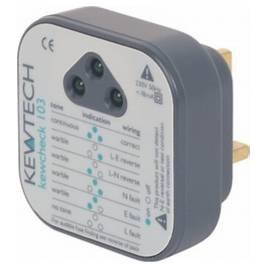PaulRainbow
Well-Known Member
What the OP effectively has is one of these : Outdoor Revolution Mobile Mains Power Unit USB
Do people who go camping connect an Earth wire to these leads and knock an Earth stake into the ground beside the tent ?
Do people who go camping connect an Earth wire to these leads and knock an Earth stake into the ground beside the tent ?

